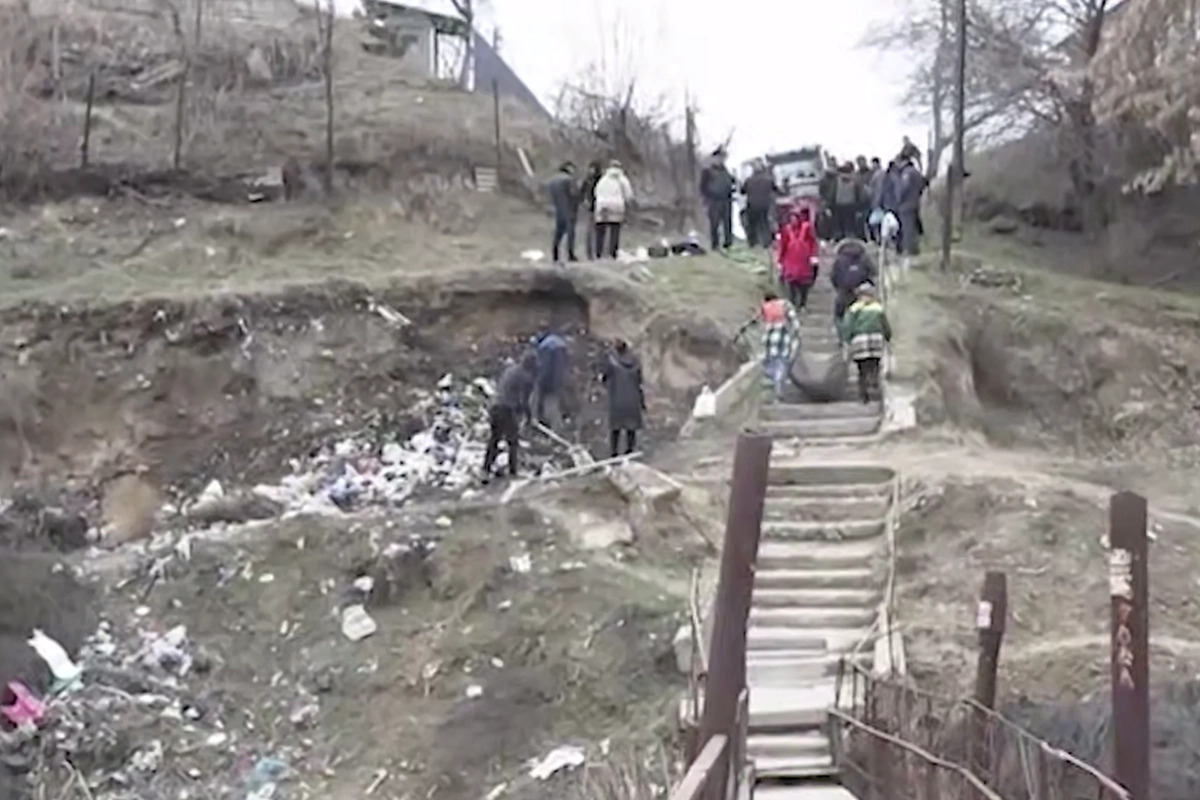According to the latest edition of European Bank for Reconstruction and Development’s (EBRD) Regional Economic Prospects report, the short-term regional economic outlook for Central Asia remains positive. Regional growth is set to reach 5.1 per cent in 2024 and accelerate to 5.9 per cent in 2025 on stronger commodity revenues, infrastructure investment and market-oriented reforms.
Despite extreme weather conditions, which have resulted in severe flooding in Kazakhstan and livestock losses in Mongolia, the Central Asian economies have continued to grow. Sustained remittance inflows, higher wages and greater international tourism interest in the region have been the main contributors to this growth. The latter was a major catalyst for the development of the hospitality and services sectors in the first half of 2024.
The report also notes the authorities’ intention to develop the countries’ transport, logistics and energy infrastructure, which have made positive contributions to the region’s buoyant GDP figures. It also singles out the Kyrgyz Republic and Tajikistan as demonstrating strong GDP growth.
The trade, transport, warehousing, services and information technology (IT) sectors were the main growth drivers for Central Asia’s largest economy, Kazakhstan in the first half of the year. The EBRD forecasts the country’s economy to grow by 4.0 per cent in 2024, with upside from public spending to restore flood-affected infrastructure and housing. According to the Regional Economic Prospects report, in 2025, real GDP is likely to grow by 5.5 per cent amid the planned expansion of the Tengiz oil field.
The Kyrgyz Republic is becoming a growing tourist destination. This is driving catering-sector turnover and boosting tourist transportation revenues. Both remittances and real wages have remained elevated, helping retail and wholesale trade to grow. The Regional Economic Prospects report forecasts the country’s GDP growth to reach 9 per cent in 2024 before moderating slightly to 7 per cent in 2025. Its growth potential stems from the expansion of tourism, investment in infrastructure, and silver and gold exports, but secondary sanctions related to intermediated trade remain a threat.
Due to extreme weather conditions in Mongolia, livestock losses totalled 8.1 million heads and caused the agricultural sector to contract in the first half of 2024, constraining economic growth. At the same time, an increased number of foreign tourists drove the expansion of the hospitality, catering, food and transportation sectors. Mongolia’s growth in the first six months of the year was supported by a strong performance in the mining, quarrying and manufacturing sectors. The EBRD expects Mongolia’s GDP to reach 5 per cent in 2024 and expand by 8 per cent the following year. Possible stronger-than-expected growth in China could drive external demand, although the growth outlook also remains highly vulnerable to fluctuations in commodity prices and energy supply.
In Tajikistan, hikes in public-sector salaries, pensions and minimum wages drove domestic demand in the first half of the year. providing a boost to the retail and wholesale trade sectors. The resumption of precious and semi-precious metal exports, increased public infrastructure spending and fixed capital investment were cited as major growth factors. According to the Regional Economic Prospects report, the country’s GDP growth is projected to reach 8 per cent in 2024 and 7 per cent in 2025, thanks to strong domestic demand and elevated infrastructure investment. Fluctuations in remittances from Russia present a major downside risk.
Turkmenistan’s economy has shown stability in recent years. The EBRD cites investment in public infrastructure projects, production facilities and fixed capital investment as key growth factors. The launch of a new single window for export-import operations has improved Turkmenistan’s customs efficiency and simplified transit procedures, enabling higher freight turnover. This has led to the expansion of the country’s transportation sector. The EBRD forecasts the national economy to grow by 6.3 per cent in both 2024 and 2025. The report warns that weaker Chinese growth could negatively impact demand for Turkmen gas.
Uzbekistan’s growth is being fuelled by an increase in remittances and tourist arrivals. The Regional Economic Prospects report notes the strengthening of the country’s services and industrial production sectors. The EBRD expects Uzbekistan’s economy to expand by 6.0 per cent in both 2024 and 2025 on continued market-oriented reforms and infrastructure investments. However, an energy deficit, which has already led to an increase in mineral-fuel imports, could pose challenge and limit growth opportunities.














